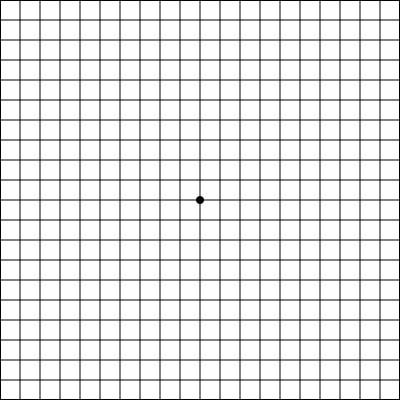Patient Resources
Your First Visit
Your first examination at Mid-Hudson Retina Consultants will begin with a detailed medical history and vision screening by one of our experienced ophthalmic technicians. Your pupils will be dilated to allow our doctors to perform a detailed examination of your retina. It will take about 20-30 minutes for your pupils to dilate. This will make your vision somewhat blurred and sensitive to light. We recommend that you bring a driver with you to all of your appointments. You will then be examined by one of our doctors and additional testing with performed in the office as necessary in order to diagnose and treat your condition. Your initial visit may take 2 or 3 hours in order to complete all of the necessary testing and perform any urgent treatment if required. We make every effort to keep our schedule on time. However, we deal with many vision threatening emergencies that are referred to us throughout the day, and our staff makes every effort to fit them into our schedule. We thank you for your patience and understanding if your appointment has to be delayed or rescheduled.
Please bring to your appointment:
- Insurance Cards
- Photo ID such as a driver's license
- Referral from your primary care physician if required by your insurance company
- Current prescription eyeglasses
- A list of your current medications.
Please remember that your pupils will be dilated and we recommend:
- Having a driver to bring you home from your appointment.
- Bringing a pair of dark sunglasses to wear when you leave the office.
Patient Forms
To save time on the day of your appointment, please print and fill out these forms and bring them with you:
 Please note: These documents are in Adobe® PDF format & require Adobe Reader to be viewed. You can download it for free by clicking here.
Please note: These documents are in Adobe® PDF format & require Adobe Reader to be viewed. You can download it for free by clicking here.
Surgery
All surgery is performed as an outpatient at the Orange Regional Medical Pavilion Outpatient Surgery Center, where our Middletown office is located. The surgery center is equipped for state-of-the-art vitreoretinal surgery with the most up-to-date surgical technology available. The operating room staff is specifically and highly trained in all aspects of vitreoretinal surgery. Most surgery is performed under local anesthesia, but general anesthesia is sometimes employed. All surgical anesthesias are monitored by an Anesthesiologist on staff at Orange Regional Medical Center.
By having your surgery at the Orange Regional Medical Pavilion Outpatient Surgery Center, you have all of the convenience of an outpatient surgery center backed by all of the medical resources of Orange Regional Medical Center.
Presurgical testing is performed at the Orange Regional Medical Pavilion. Arrangements for all testing and preoperative medical consultation will be arranged by our office. You will be advised as to what medications to take the morning of surgery, if any. You will be instructed by our staff as to what eye drops you need to take before the surgery.
Our Middletown office is located in the Orange Regional Medical Pavilion. Please come to the office at Suite 101 if any questions arise while you are doing your presurgical testing. The outpatient surgery center is located on the 2nd floor of the Pavilion.
Amsler Grid Chart Test
The Amsler Grid Chart should be used to check the central part of your visual field, the area that can be damaged by Macular Degeneration.
Instructions for Use:
- View the chart (with your reading glasses on) at normal reading distance.
- Completely cover one eye and look at the central dot on the chart.
- Notice if there are any areas within the grid that appear gray (or black), or if there are any areas where the straight lines appear bent, crooked, or missing.
- Check the chart regularly (daily or weekly).
- Call your doctor if new changes occur.

Patient Instructions for Care after Eye Injection
- If you were given a prescription for an eye drop, place one drop in the injected eye four (4) times a day for four (4) days unless otherwise instructed by the doctor.
- Many patients experience a "scratchy" or "sandy" foreign body sensation several days following the injection. Artificial tear drops or liquid gel can be used to soothe the eye.
- A red spot or area of blood on the white of the eye at the injection site is normal.
- New floaters after the injection are common and should subside within days. They should not worsen over time. If so, call the office promptly.
- Call our office immediately if your vision worsens in any way or you experience pain.
- Keep your next appointment as scheduled.
Low Vision Resources
- Catalogue of Low Vision Aids sold by the Lighthouse: www.shop.lighthouse.org
- The Lighthouse Low Vision information: www.lighthouse.org/about-low-vision-blindness/all-about-low-vision/
- National Library of Congress home page for the visually handicapped: www.loc.gov/nls
- NYS Commission for the Blind and Visually Handicapped: www.ocfs.state.ny.us/main/cbvh
- National Eye Institute: www.nei.nih.gov





